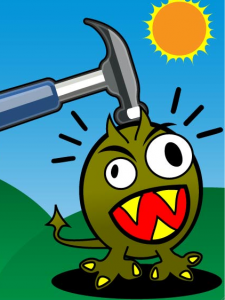
Breast cancers that start off vulnerable to hormone-based treatments often lose that vulnerability over time. A protein called ADAM12 is being developed into a diagnostic and prognostic biomarker, and might also hold the key to treating women with such tumors. (Illustration: Durer’s “Adam and Eve")
About two-thirds of breast cancers are fueled by estrogen, making them quite vulnerable to drugs like tamoxifen that interfere with the hormone. But some 50 percent of such hormone-sensitive tumors start shrugging off tamoxifen treatment at some point and continue to grow.
Marsha Moses and her team in Children’s Vascular Biology Program want to turn the tide against these estrogen- or hormone-independent tumors, which are much more difficult to treat. And they think a protein named Adam – or rather, ADAM12 – might hold the key.
The story starts seven years ago with a search for cancer biomarkers in a fluid far removed from the breast: urine. Over the years, Moses, the program’s director, has collected a large biorepository of human urine and other samples, as well as associated clinical data, which she and her lab use to search for proteins whose presence is associated with different cancers.
In 2004, Moses and her postdoctoral fellow Roopali Roy discovered that the amount of ADAM12 rises in the urine of women with breast cancer as their cancer progresses. Full story »









